https://paper.li/e-1437691924#/
A sore point.
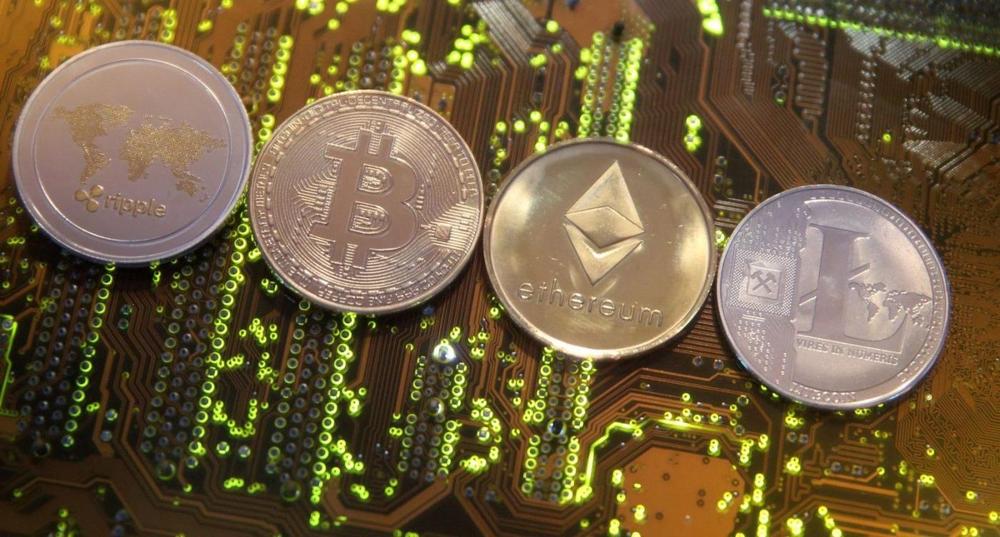

US$190 million in investors’ money has been locked since Cotten died in December. His widow says she doesn’t know his passwords.
About US$190 million in cryptocurrency has been locked away in a online black hole after the founder of a currency exchange died, apparently taking his encrypted access to their money with him.
Investors in QuadrigaCX, Canada’s largest cryptocurrency exchange, have been unable to access their funds since its founder, Gerald Cotten, died last year.
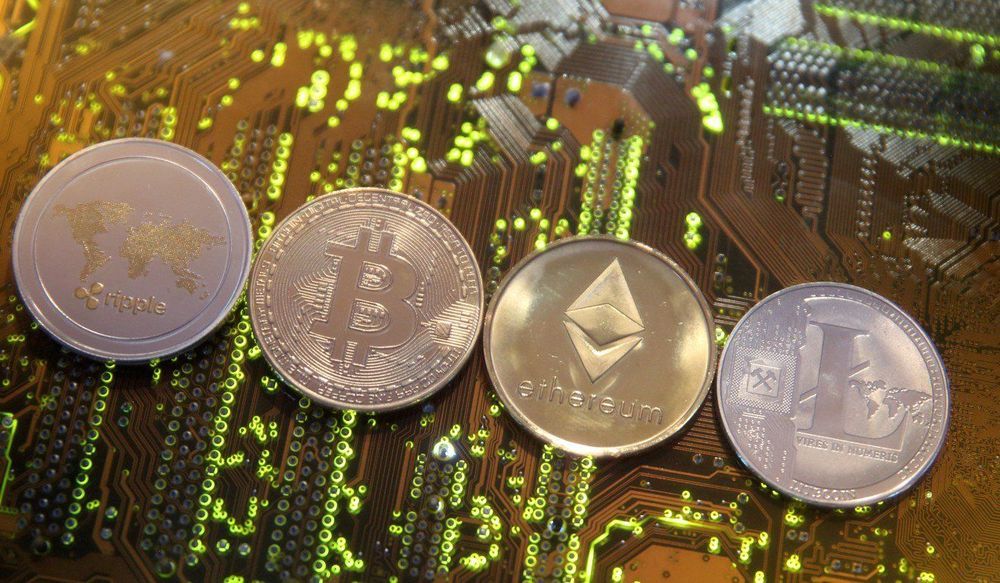


While I’m not a big supporter of cryptocurrency, I am a supporter of utilizing blockchain technology in other areas. For example. logistics. The Linux Foundation announced the creation of the Hyperledger Grid project just for that purpose. However, as they state, this isn’t a software project, but a platform project.
Supply chain is commonly cited as one of the most promising distributed ledger use-cases. Initiatives focused on building supply chain solutions will benefit from shared, reusable tools. Hyperledger Grid seeks to assemble these shared capabilities in order to accelerate the development of ledger-based solutions for all types of cross-industry supply chain scenarios.
Grid intends to:

Blockchain shows major potential to drive positive change across a wide range of industries. Like any disruptive technology, there are ethical considerations that must be identified, discussed, and mitigated as we adopt and apply this technology, so that we can maximize the positive benefits, and minimize the negative side effects.
Own Your Data
For decades we have sought the ability for data subjects to own and control their data. Sadly, with massive proliferation of centralized database silos and the sensitive personal information they contain, we have fallen far short of data subjects having access to, let alone owning or controlling their data. Blockchain has the potential to enable data subjects to access their data, review and amend it, see reports of who else has accessed it, give consent or opt-in / opt-out of data sharing, and even request they be forgotten and their information be deleted.
Monetize Your Data
Blockchain enables cryptocurrency. Think of blockchain as a platform, and a cryptocurrency as a particular application that can run on blockchain, along with many other applications such as those that can enable data subjects to control their data. Users can be rewarded with cryptocurrencies for opting into, or giving consent to collaborate and share their data. For example, a patient may opt into participation in a clinical trial, and in so doing make their data available for research within that clinical trial. This capability has the potential to provide a direct value feedback loop whereby data subjects can monetize their data. This is a huge leap forward from today where data subjects give up their data free, in many cases unaware, and organizations collecting it make highly profitable businesses out of monetizing data with nary a cent going back to the data subject. However, in enabling data subjects to own, control, and monetize their data guardrails must be put in place around this to ensure that data subjects are fully informed of not just monetization opportunities, but also how their data will be used, any risks, and their rights.
Disintermediation and Disruption
Historically collaboration across a group of organizations has required a central trusted intermediary in a “hub and spoke” architecture where the intermediary is at the center and mediates all interactions across the network. One can see examples of this across many industries. In financial services we have banks and banking networks. In healthcare we have clearinghouses and health information exchanges. In most industries we have supply chains where distributors are the hub connecting manufacturers and suppliers with dispensaries and retailers. Unfortunately, many intermediaries have abused their role and introduced excessive costs, delays, and single points of failure where if they are unavailable collaboration across the whole network is halted. To be clear, where physical goods flow, such as in supply chains, centralized hub and spoke architectures will endure. However, when it comes to the flow of digital goods, including any information, cryptocurrencies, crypto-tokens, or otherwise, blockchain has the potential to enable decentralized collaboration across a consortium of organizations in near real-time, and without the added cost, and delay of the intermediary. Since blockchain is decentralized, it eliminates the central single point of failure that makes hub and spoke architectures vulnerable to attacks on the availability of data or systems such as ransomware or DDoS (Distributed Denial of Service). However, with this disintermediation and disruption the common assertion is that many will lose their jobs. Actually, with blockchain there is a different role for an intermediary around training, system integration, support, governance, consensus building across the consortium, and so forth, so there is an opportunity for intermediaries of today to evolve, adapt to blockchain, and even leverage blockchain to their benefit.
Hyper-Efficiency and Job Loss
Today many common types data are maintained redundantly across silos. Think of the last time you changed your phone number or address and had to visit hundreds of websites to update it. Did you visit them all? Probably not (who has time), and so many of the copies of your data are old, inaccurate, etc. This system results in massive collective cost and causes major inefficiencies. Rather than maintain common data in one place,
and update it once as needed, and share it near real-time across the consortium of organizations that need it, the cost to maintain common data is multiplied by the number of organizations that have copies and maintain it independently. Further, inconsistencies in this data cause friction and additional cost in the system, and frustration. If your address is not updated mail goes to the wrong place, needs to be forwarded, or maybe you didn’t do forwarding and so you lose it and absorb whatever the impact. In healthcare if records are inconsistent across payers and providers, medical claims can bounce causing delays in payment and so forth. So blockchain having the potential to help solve this sounds good, right? Well, what about the millions of people whose job it is today to maintain redundant copies of information across these organizations and silos. In using blockchain to pave the way for secure, and hyper-efficient maintenance of common, shared data, we may inadvertently disrupt the jobs of millions of people doing mundane, redundant data maintenance today. This is not to say we should not move forward with blockchain and realize its benefits, but we should do so fully aware of the impacts and help those impacted proactively adjust, retrain and move onto more useful, interesting, and higher paying roles.
Environmental Impacts
Public blockchains such as bitcoin span untrusted networks, with untrusted participants, and so must use conservative consensus algorithms such as PoW (Proof of Work) which require mining. To be competitive in mining one must invest in massive amounts of hardware that use massive amounts of electric power. This is a considerable environmental and ethical concern. For public blockchains to be feasible going forward we must find new ways of enabling blockchain consensus in ways that do not require massive amounts of hardware or electric power. Key clarification: this challenge is associated with mining and public blockchains and the consensus algorithms they use, whereas private / consortium blockchains, which represent the vast majority of blockchains used in industries such as healthcare, don’t typically have mining, but rather validation of transactions and blocks which does not require any significant additional hardware or electricity. Therefore, while this is a challenge for public blockchain applications such as bitcoin, it is not an issue for private / consortium blockchains.
Anonymity, Cryptocurrencies, and Crime
Ransomware is enabled by anonymous payment methods such as bitcoin. An attacker can infect your system, encrypt your data, and demand payment in bitcoin, and you can pay them with nary an idea of who attacked you, nor the ability for you or law enforcement to identify them. While cryptocurrencies and crypto-tokens have incredible potential for good, they are in this respect a double edged sword since they also pave the way not only for ransomware attacks, but DDoS, any many other types of crime. On the other hand, blockchain has incredible potential to help mitigate many types of fraud related crime so blockchain and crime is a multi-faceted ethical consideration. For more on this see Blockchain as a tool for anti-fraud.
What other ethical considerations are you seeing with blockchain? I post regularly on blockchain, cybersecurity, privacy, compliance, AI, cloud, and healthcare on LinkedIn and Twitter, and welcome collaboration on these fast evolving fields. Reach out and connect to collaborate.
Related
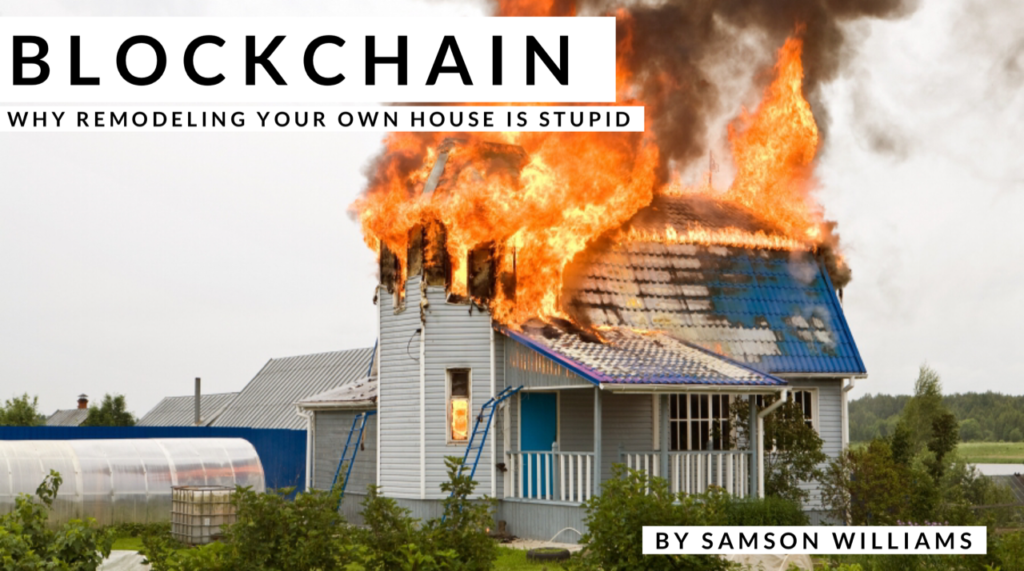
I love hearing the enthusiasm and joy in the voices of first time home buyers who are going to save money, bond and remodel their house together. Brand new doctors, seasoned lawyers, accountants, project managers, the boldest of GenX and Millennials who grew up swinging VR joystick in lieu of hammers. But they’ve watched Property Brothers and Love It or List and have the best database of YouTube videos for home remodeling in their entire subdivision or building. They even park in the “Pro” section at Home Depot and have their very own monogrammed Leatherman construction gloves.
You can remodel your own home. Even “just” your kitchen or “just” your bathroom. You can read and have all the resources at your disposal. But don’t. Don’t even fucking think about it. Remember how you tried to cook Thanksgiving dinner last year and ended up burning up your kitchen, which is why you need to replace it? Those were simple enough directions too, right?
But what does this have to do with blockchain and more importantly your business?
Glad you asked. Well, your business is like your house. Blockchain is like a remodel. You can do it yourself. You’re after all a pro at your business. But your business isn’t blockchain. Your business is shipping, consulting, farming, logistics, banking, money exchange, insurance, lending, maybe even selling pizzas. Your business is a business. Your business isn’t a way of doing business or a business tool like blockchain. Your business is a way of generating you income to provide for your family, workers, community, financial security and future. It ain’t a way to decentralize any of those, unless you want to find out what a “decentralized” retirement looks like. (Hint, think working poor at 75 years old. #GigEconomy).
So! Before you decided to attempt to blockchain your business, ask yourself, “Could I remodel my house?” 99.99% of the time the answer is “Fucking, hell, no!” You should no more attempt to “blockchain” your business than you should remodel your house. So what do you do?
Hire a professional
Can’t afford one? Then you’re not ready to remodel your house or “blockchain” your business.
By the way, do you even know what the fuck “blockchaining your business” even is? I’m like an expert in this industry and I don’t recommend 99% of businesses “blockchain” any part of their business. Cause did you know you can “blockchain” parts of your business operations, functions and processes and not the entire business? I’ll tell you a secret, blockchain is just a tool you use to do your business. It ain’t a business itself, a panacea for customer acquisitions or guarantee of increased sales or revenue. It’s like a hammer that’s shiny and brand new, but in your hands it’s more likely to tear giant holes in your business’ model, customer base and revenue streams.
So, like you would a plumber, carpenter or WiFi guy, before you go to “blockchain your business” hire a professional. Cause the funny part is once (if) you blockchain your business, then you’ve got to run your business. Remember, blockchain isn’t your business. Your business is. Don’t allow the hype of DIY tech nerds get you wild with excitement leaving you swinging a proverbial sledge hammer through your internal operations and revenue streams.
Hire a professional. And much like building a house, don’t start by hiring a painter to lay the foundation. Hire a General Contractor to guide you through the process. And whatever you do, do not let the plumber and electricians (coders and programmers) charge you by the hour. As then, it’ll take three times as long, cost 10 times as much and your odds of being electrocuted when you drop a deuce are high.
Who is a “Blockchain General Contractor”? Axes and Eggs of course.
Blockchain plumbers, carpenters, electricians, painters, engineers and designers: Chainhaus — they’re your one stop shop. But you can always go to the Home Depot of Blockchain Deloitte Ireland.
Fly by night, Tim the Tool man, unpermitted, lien inclined, blockchain enthusiast.… On the advice of our legal counsel (www.cogentlaw.co) I won’t name those decentralized con artist. But they probably showed up to give you an estimate driving a Lamborghini and offered you custom views of the moon. So you know who they are.
Conclusion
Stick to your business. It’ll ultimately make you more money.
Oh, and if you need a real Construction General Contractor, visit www.mattbeth.com
My name is Samson. I’m an Adjunct Professor at Univ of New Hampshire School of Law, human and an anthropologist at Axes and Eggs, a Washington, DC based Think Tank and digital advisor. If you like what you read, share it! If you disagree, share what you know or how you feel in the comment section below. Feel free to hit me up on Twitter or Instagram @HustleFundBaby or follow me onLinkedIn. Finally, I would say thoughts are my own but I probably stole them from a woman.
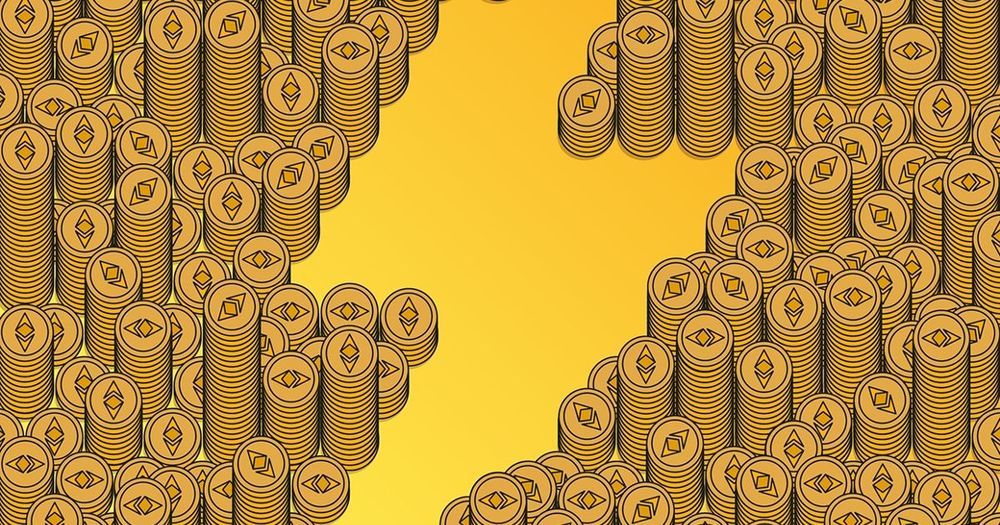
The problems with cryptocurrencies and their energy usage are well-known. However, Ethereum is planning to address the issue. They’re planning on doing a 99% decrease in the amount of energy used in obtaining new coins.
It would be good for other cryptocurrencies to take this problem just as seriously.
The cryptocurrency is going on an energy diet to compete with more efficient blockchains.


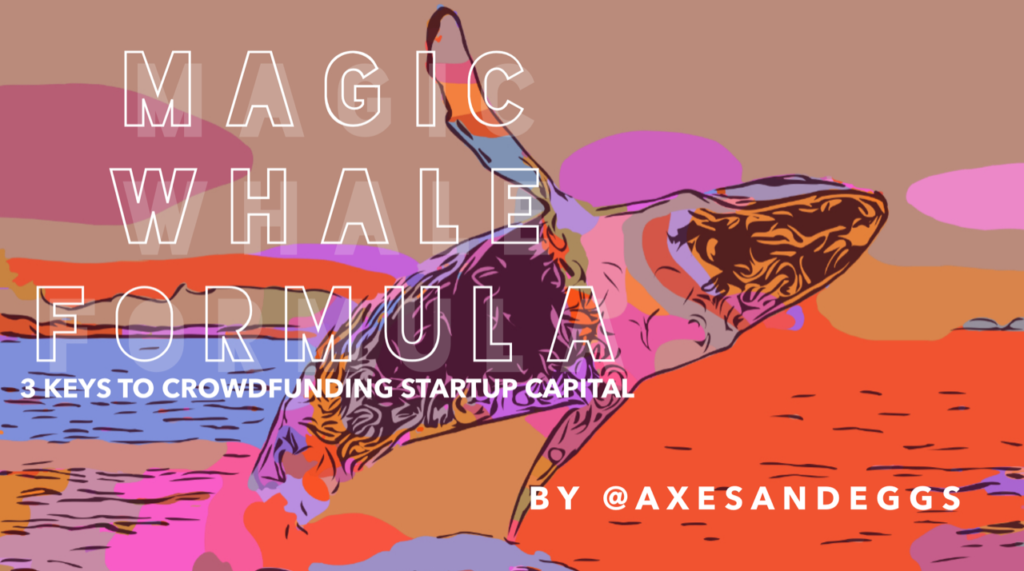
The 3 key ingredients for attracting investors to your crowdfunding (ICO/STO) campaign
Below is a redacted and slightly edited and updated version of a memo provided to a client regarding how to attract investors to their business, in mid 2017. For background, they’re a 5 year old private investment firm, whose stock is traded OTC and who invest in startups focused on blockchain tech. To further this model they were exploring additional ways to raise capital, specifically to acquire more startups. Below is a high level framework of what investor “whales” are looking for. This is not investment advice. These are redacted insights into what you should be considering if you’re looking to also engage potential investors in your business enterprise.
If you don’t have time to read it all, I’ll summarize: It still takes money to make money.
Note — all crowdfunding campaigns (regardless of if you call them ICOs / STOs) require a legitimate business model, tangible solutions to real problems, market size worth investing in and the potential for 100x returns. Otherwise, whales aren’t interested in 10x returns.
Samson Williams, Principal, Axes and Eggs
Magic Whale Formula: Online presence + In person Conferences + 100x return potential + Influencers = Investors (Whales)
Online presence — A strong online presence is needed in effort to build awareness of your business and business model. A strong presence is also required as upwards of 90% of your online followers will be either bots or individuals who you have in fact paid to follow you. Bounty programs don’t generate actual clients/customers. Of the 10% remaining, less than 10% of those will take action to directly invest in your business. However, early and passionate adopters are needed to help attract and grow fast followers.
Conferences and Fast Followers — In person appearances at conferences are needed to build
People simply do not invest in people they are not aware of (duh) and don’t like. If someone does not like you, they cannot trust you. People only engage and do business with people they know, like, then trust. For instance,
when is the last time you bought something from someone you didn’t know and trust?
Influencers — ICOs and STOs are simply crowdfunding. However, in this paradigm of crowdfunding it is not based on the delivery of goods, products and services. Rather, participation in ICOs/STOs is predicated on the expectation of the future delivery of goods, products and/or services. There are no blockchain products/services currently on the market. In this ecosystem of hype, Influencers play a key role as the trusted voices within the community. Whether or not they should be trusted is moot. Influencers (e.g. Ian Balina, Suppoman, DecentralizedTV etc…) role in the ICO/STO ecosystem is to provide what seems to be rational / quantitative analysis of blockchain based projects. However, because no actual DLT projects exist, they are in fact mere purveyors of opinion, on the future of research and design in the application of DLT technologies. But — people like them. They embody and project the essence of “success”, despite the clear lack of any empirical evidence of success beyond the ability to pump and dump a given crypto/project. Despite the lack of products and evidence of success, people like Influencers and they trust their opinions. So much so, they give them their money.
In conclusion, Humans don’t trust data. Humans trust how they feel about other humans.
Approval, mention or investment by Influencers in the crypto/blockchain space, as trusted members of the community, are a prerequisite of having accredited & institutional investors participate in your crowdfunding offering. As without their involvement it is highly unlikely that anyone will a) know your offering exists b) like it c) get excited enough to engage you and d) trust you enough to give you their money.
Lastly, don’t forget that in all cases you need to show:
Minimum 100x ROI Potential
You’ve got to show that these businesses have a 100x return potential. Anything less really isn’t worth the paperwork for whales. The shorter the return window the better. Keeping in mind securities laws.
So What ?
Options for achieving the magic for attracting whales in ICO/STO crowdfunding projects:
Option A - Pay an influencer. Up front cost of $$$ — $$$$$ minimum + $100k to $1M for listing on an exchange (Reminder — this was written in mid 2017 and figures are not reflective of 2019 market conditions)
Option B - Become an influencer. $$$ — $$$$$, plus a two year process. Hit or miss. As you will need to establish credibility thru investing in crowdfunding deals that 10x or greater, as well as.
Option C - Support an influencer. $$ — $$$. Two to three month process. Identify a lesser known influencer and form a strategic partnership to support growth of their brand. With the clear deliverable that they support your crowdfunding initiative when you do it.
Option D - Make an influencer. $$ — $$$$$. Two + year process. Identify someone who has the bonafides and feel of an influencer and introduce and promote them to the community, with the expectation that they’ll promote your crowdfunding campaign when the time comes.
Option E — Do not engage, support or create an influencer and see how it plays out.
(Client Name Redacted) Recommendations
Yes, this requires capital to be invested directly into building NAME REDACTEDs brand and market presence. In order to move the needle on NAME REDACTED stock price back towards $30+, it is advisable to allocate funds strategically, make strategic high growth potential blockchain startups and coordinated activities from a single source, to ensure that they have the maximum impact possible.
Sincerely,
Axes and Eggs
End of Memo
——————————————————————————————-
In short, it still takes money to make money.
Hope you found that interesting and hopefully helpful. Remember that as you go to build your business you can investing the marketing dollars to engage influencers, become influencers or devine a different marketing and engagement strategy that works for your good, product or services. No two offerings are alike. So don’t be afraid to tweak the Magic Whale Formula to fit your specific needs. If you find you need help with your magic marketing formula I recommend contacting [email protected].
Cheers and happy hunting!
@AxesAndEggs
M